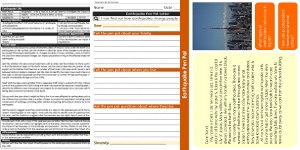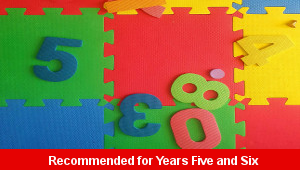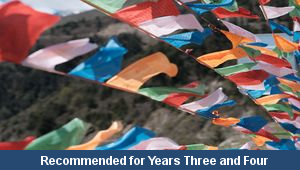Earthquakes

This geography scheme of work for Key Stage Two gets the children to investigate and record some of the different causes and effects of earthquakes on locations around the world by making models and writing reports.The class can explore how earthquakes are produced and how they can affect people and landscapes.

Investigate and record some of the different causes and effects of earthquakes on locations around the world

Lesson One : Crust, Plates and Mantel
Explore how to identify and record some of the causes and effects that earthquakes can have on different landscapes around the world

Lesson Two : Fault Lines
Practise building and labelling a map to indicate and record where some of the major earthquake fault lines can be found around the world

Lesson Three : Earthquake News
Investigate how to identify and compare some of the different changes that can occur to landscapes in the world that are caused by earthquakes

Lesson Four : Earthquake Life
Practise writing and presenting a reply to a pen pal letter to investigate and record the impact of earthquakes on some different locations around the world

Lesson Five : Tsunamis
Investigate and record some of the effects of earthquakes on the natural world and explain and report how they can produce damaging tsunamis in the sea

Lesson Six : Earthquake Quiz
Practise using some true and false statements to identify a range of different facts and information about how earthquakes can affect landscapes and populations as part of a quiz
-

Digit Combinations
Practise building and comparing a range of numbers by combining and matching sets of digits with different number values
-

Letter Strings Words Sums
Learn the meanings and practise spelling words with common letter strings to work with when composing example sentences on different topics and themes
-

Town Flag
Investigate and practise how to create different graphic shapes that can be utilised when producing a flag representing the local community
-

Three Digit Values
Investigate and compare the place value of the matching sets of digits in numbers to one thousand to indicate their hundreds, tens and ones values
